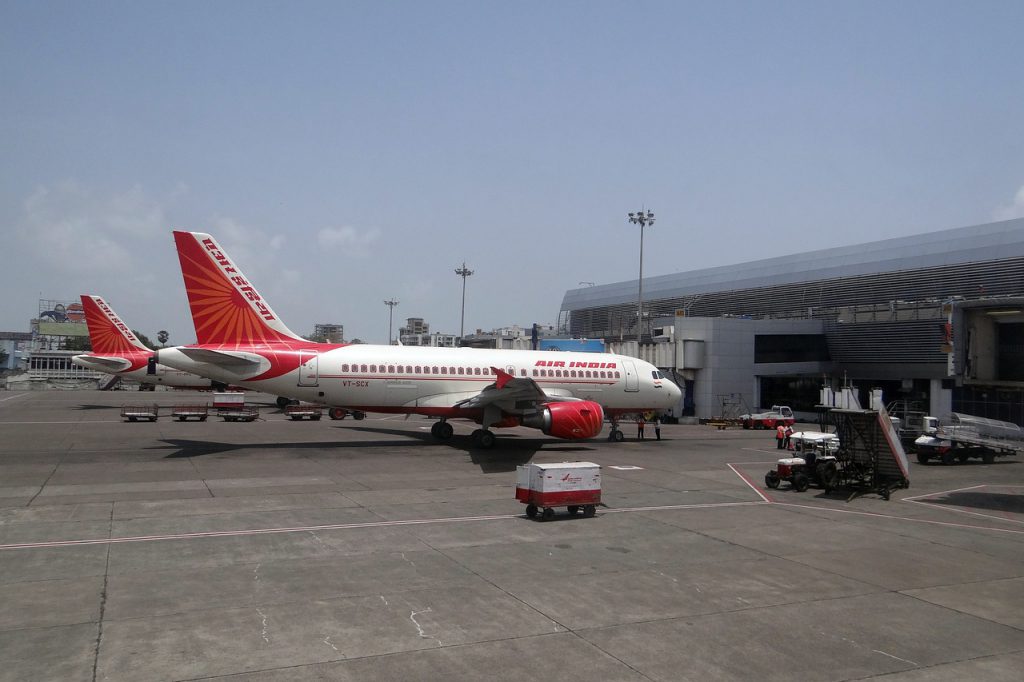Air India, the national carrier of India, has announced a bold and ambitious plan to expand its workforce by adding 500 new crew members every month. This strategic move comes at a pivotal time for the airline industry, as it strives to recover from the impact of the COVID-19 pandemic and meet the growing demand for air travel. In this article, we delve into the details of Air India’s expansion plan and its potential implications for the airline’s operations and the industry as a whole.
Responding to the Changing Landscape of Air Travel
The aviation industry has experienced significant challenges in the wake of the COVID-19 pandemic, including decreased passenger numbers, route cancellations, and financial instability. However, with the gradual resumption of travel and increasing vaccination rates, there is a renewed sense of optimism in the air travel sector. Air India’s decision to ramp up its crew hiring signals its readiness to embrace the changing landscape and cater to the rising demand for flights.
Meeting the Growing Demand
As restrictions ease and travelers regain confidence in air travel, airlines are observing a surge in bookings. Air India’s move to recruit 500 new crew members monthly is a strategic response to this growing demand. The addition of more crew members would enable the airline to operate more flights, serve more destinations, and enhance customer experience by reducing the strain on existing staff.
Balancing Quality and Quantity
While rapid expansion is a positive step, maintaining the quality of services is paramount. Hiring a substantial number of new crew members each month presents challenges related to training, integration, and adherence to safety protocols. Air India’s ability to balance the influx of new hires with rigorous training and effective teamwork will be essential to ensure a seamless and safe flying experience for passengers.
The Ripple Effect on the Airline Industry
Air India’s decision to hire 500 new crew members monthly not only influences its own operations but also has a ripple effect on the airline industry as a whole. This move can stimulate competition among other airlines, encouraging them to similarly bolster their workforce to meet growing demand. Additionally, it could have implications for the aviation job market, potentially providing opportunities for aviation professionals who were impacted by the pandemic-related layoffs.
Navigating Challenges and Opportunities
Expanding the workforce at such a rapid pace presents both challenges and opportunities. While the increase in personnel can lead to enhanced operational capacity and improved customer service, it also necessitates careful planning to ensure that quality standards are maintained throughout the recruitment and training process. Collaborative efforts among airline management, unions, and regulatory bodies will be crucial in navigating these challenges successfully.
Conclusion
Air India’s decision to hire 500 new crew members every month reflects its determination to adapt and thrive in the evolving aviation landscape. As the airline industry continues to recover from the effects of the pandemic, such strategic initiatives pave the way for growth, innovation, and improved passenger experiences. The success of this endeavor will depend on Air India’s ability to strike a balance between quantity and quality, providing a foundation for a brighter future in air travel.

